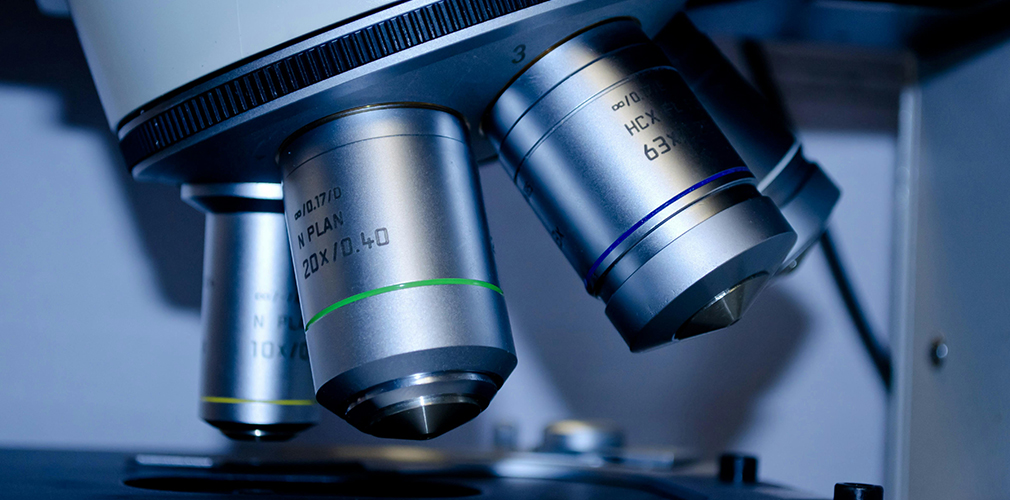
Lensed fibers and fiber optic components play a crucial role in microscopy, enabling high-resolution imaging, precise light delivery, and efficient signal detection. They find applications in various microscopy techniques, including confocal microscopy, multiphoton microscopy, and super-resolution microscopy.
One of the key applications of lensed fibers in microscopy is in confocal microscopy. Confocal microscopy is a widely used technique that provides high-resolution, three-dimensional imaging of biological samples. Lensed fibers are used to efficiently deliver and collect light to and from the sample. The lensed end of the fiber ensures precise focusing of the excitation light onto the sample, while also collecting the emitted fluorescence signal. This enables the acquisition of sharp, detailed images with improved contrast and resolution.
In multiphoton microscopy, lensed fibers and fiber optic components are used to deliver high-intensity, ultrafast laser pulses to the sample. Multiphoton microscopy allows for deep tissue imaging with reduced photodamage and improved penetration depth. Lensed fibers are used to couple the laser light into the microscope system, ensuring efficient transmission and precise focusing of the laser beam onto the sample. Fiber optic components, such as beam combiners and beam splitters, are also utilized to manipulate and control the laser light path in the microscope setup.
Super-resolution microscopy techniques, such as stimulated emission depletion (STED) microscopy and structured illumination microscopy (SIM), rely on precise control of light to achieve resolutions beyond the diffraction limit. Lensed fibers and fiber optic components are used to deliver and shape the excitation light, enabling the generation of highly focused and structured illumination patterns. This allows for the visualization of fine details and structures at the nanoscale level.
Furthermore, lensed fibers and fiber optic components are used in fluorescence microscopy for efficient signal detection. Fiber optic components, such as filters and dichroic mirrors, are employed to selectively transmit or reflect specific wavelengths of light, enabling the separation of fluorescence signals from the excitation light. Lensed fibers are used to collect the emitted fluorescence signal and deliver it to the detector, ensuring high sensitivity and signal-to-noise ratio.
In summary, lensed fibers and fiber optic components play a critical role in microscopy, enabling precise light delivery, efficient signal detection, and high-resolution imaging. Their applications in confocal microscopy, multiphoton microscopy, super-resolution microscopy, and fluorescence microscopy contribute to advancements in biological imaging, materials science, and various other fields of research.
 Call us on:
Call us on:  Email Us:
Email Us:  2F, BLDG 6, #168, Changshan IZ, Liulian, Pingdi, Longgang District, Shenzhen, China
2F, BLDG 6, #168, Changshan IZ, Liulian, Pingdi, Longgang District, Shenzhen, China